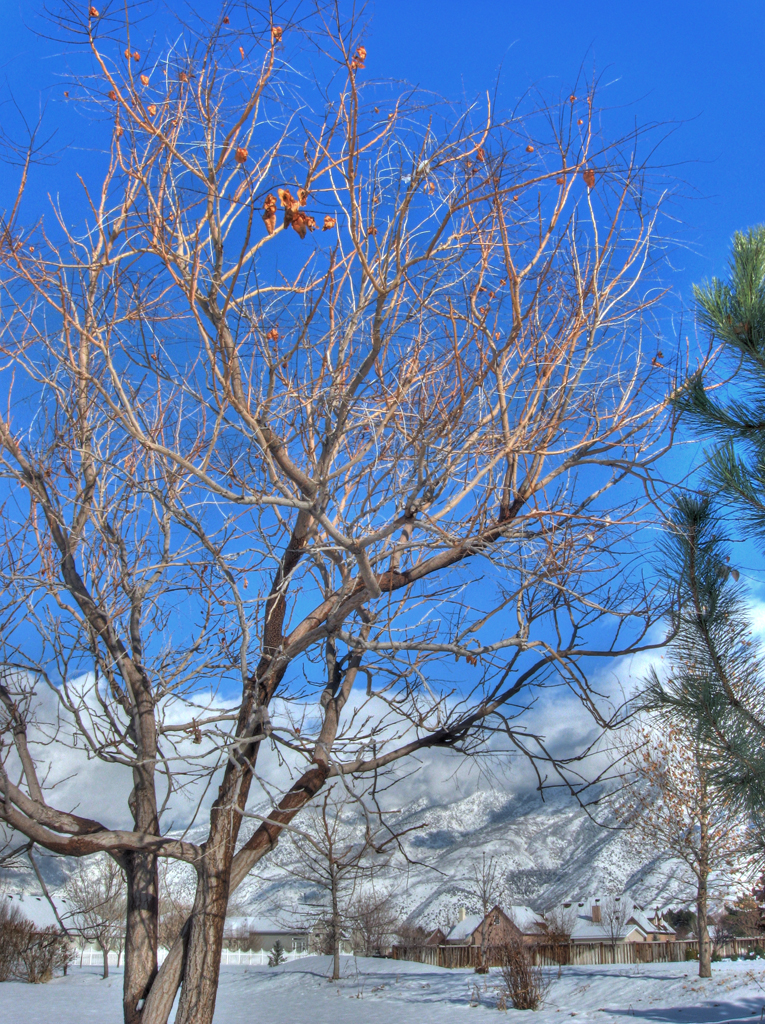The unfortunate part of HDR is that it requires special software to do it quickly. It IS theoretically possible to merge more than one photo manually in Photoshop, but it's a whole lot of work, and the outcome usually isn't as good. I use Photomatix Pro.
Here is the result of my first ever attempt at HDR.

click to enlarge, or see it on Flickr
The verdict? Eh... it's okay. To be frank, I liked the results of the single "proper" exposure better. But the photo isn't composed very well. I was more concerned with getting source material for my hungry Photomatix Pro window. And honestly, I think this photo isn't a very good image for the HDR effect. Not very many shadows.
Oh, well. More to come, I hope. I've seen some pretty astounding HDRs, so if you have any good ones, link them in the comments.


I'm very intrigued with HDR. It's something I haven't tried yet, but I do want to learn and master HDR at some point. I think your photo looks great - the colors and highlights are brilliant, and certainly not overcooked. Some HDRs tend to look overdone and "fake", but I like the subtle effect of mixing just a few layers of exposure, for the more natural effect - just like the one you posted here. Great job!
ReplyDelete